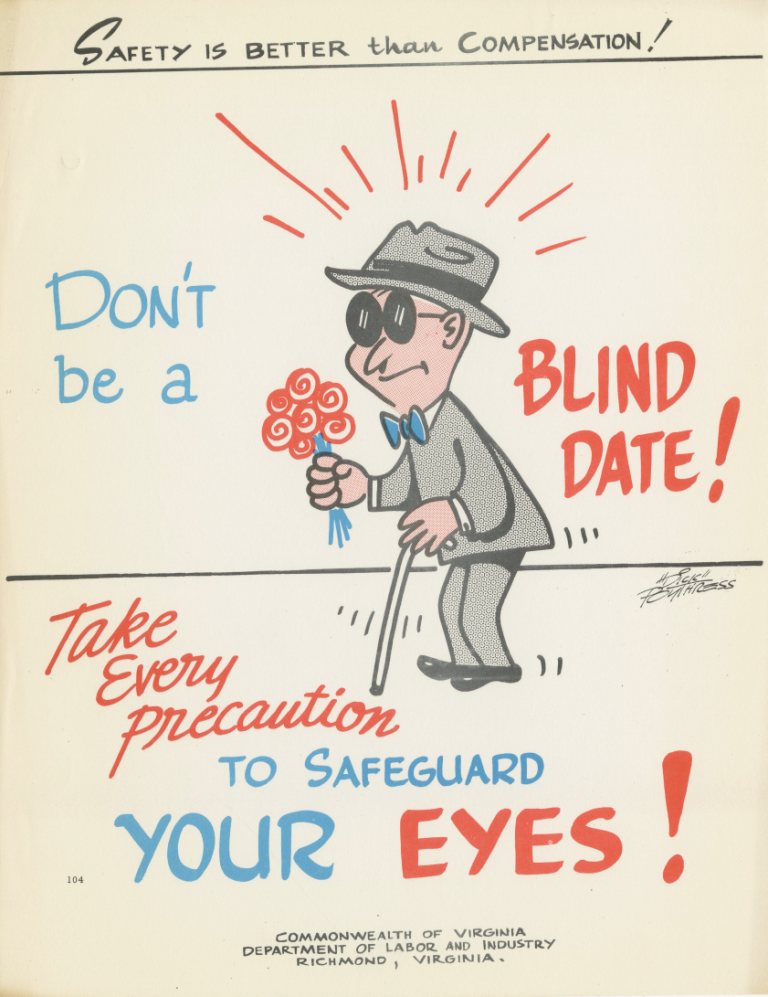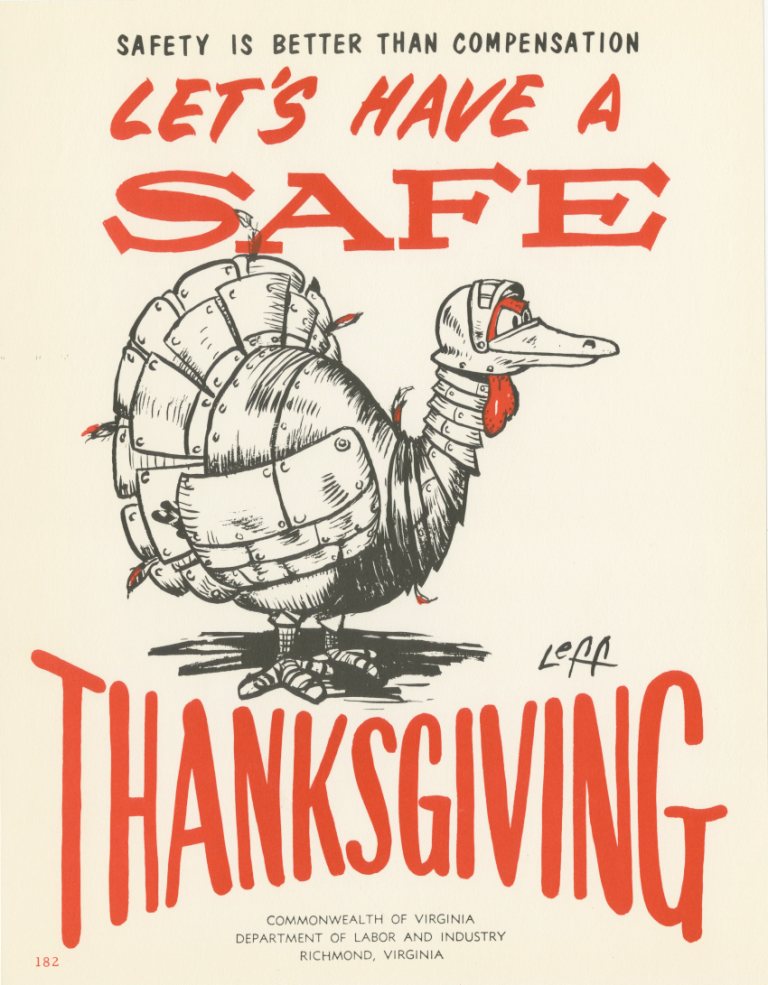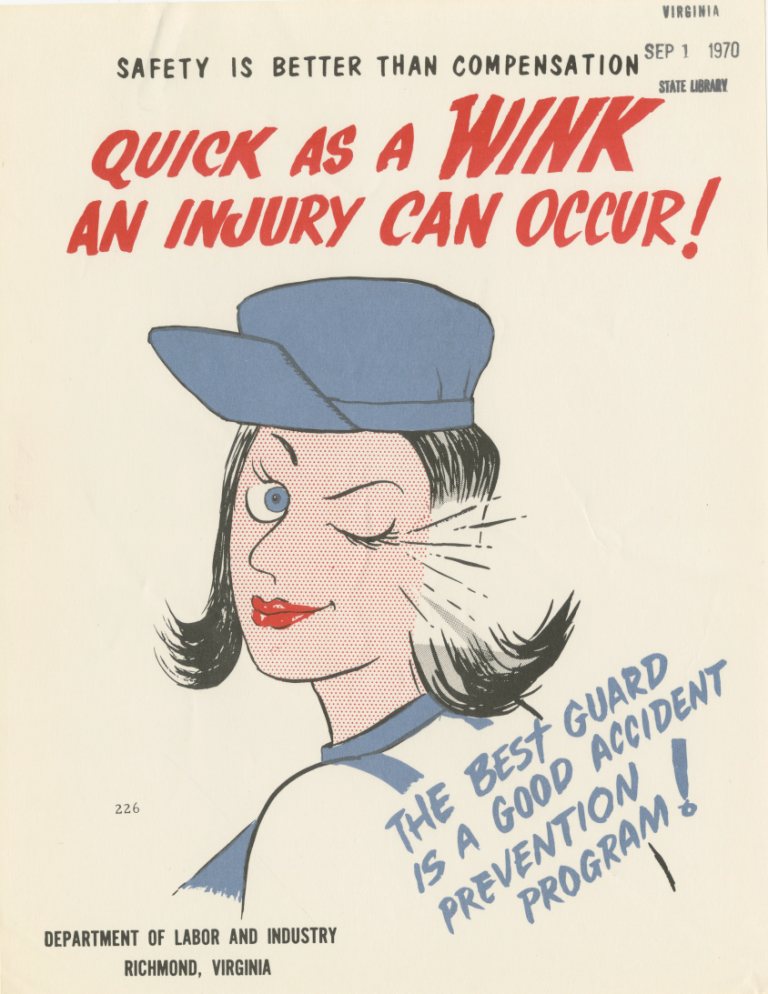Petersburg Federal Reformatory Album
C1: 087
1 album, 16 x 11 inches, 111 pages, 310 photographs, typed narrative
1948
More than a picture album, this carefully composed narrative history of the Petersburg Federal Reformatory (now the low-security Federal Corrections Institute outside Hopewell, Virginia) describes and photographically documents the institution’s first eighteen years. Founded in 1930 as a makeshift camp on former farm properties along the Appomattox, the reformatory quickly achieved “an atmosphere of permanency” through the efforts of a relatively small inmate population the narrative characterizes as enthusiastic, industrious, and dignified.
Indeed, with its stately administrative building and quadrangle of formal hedges, the reformatory, in these photos, looks more like an English country estate than a Depression-era prison. According to the narrative, the inmates took great pride in beautifying the reformatory, which they essentially built from the ground up with local materials and resources, including dogwood, mimosa, redbud, and rambler roses. An ornamental fish pond was even created by flooding the cellar of a vanished farmhouse. A beautiful Arts and Crafts house, built by inmates for the warden, featured a fireplace of petrified wood. The reformatory was from its earliest days almost completely self-sustaining, with vast fields of alfalfa, squash, and potatoes; horse and mule barns; a dairy herd and modern milking machines; a piggery and slaughterhouse; a cinderblock-making facility; a power plant; and even its own fire station … Read the rest
Petersburg Federal Reformatory Album Read More »





